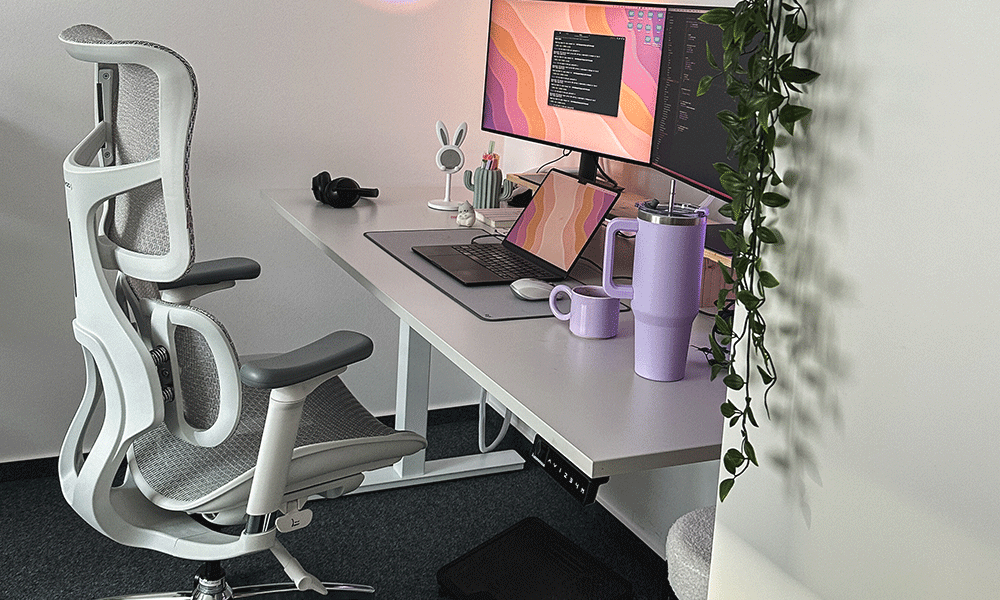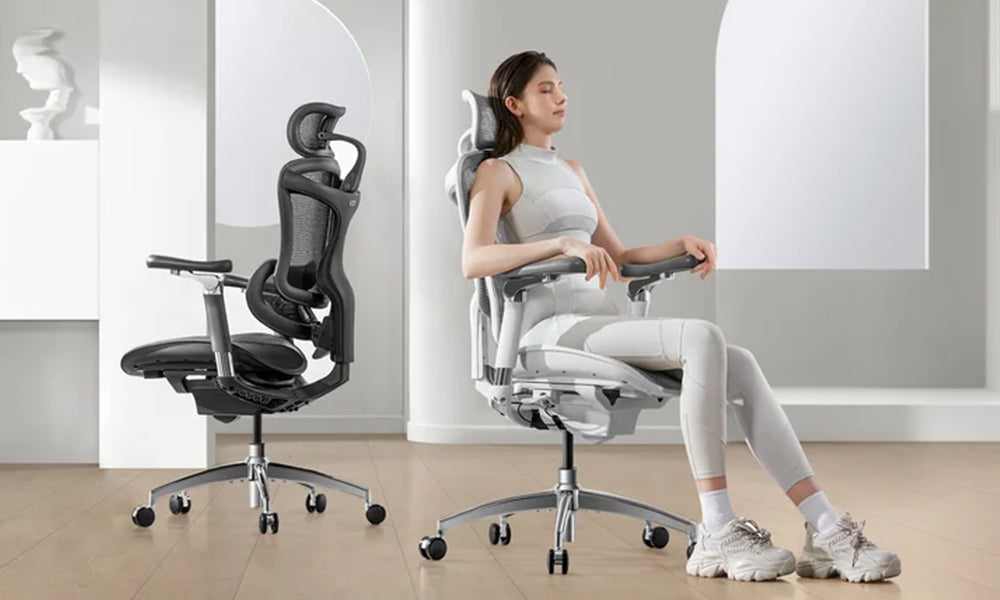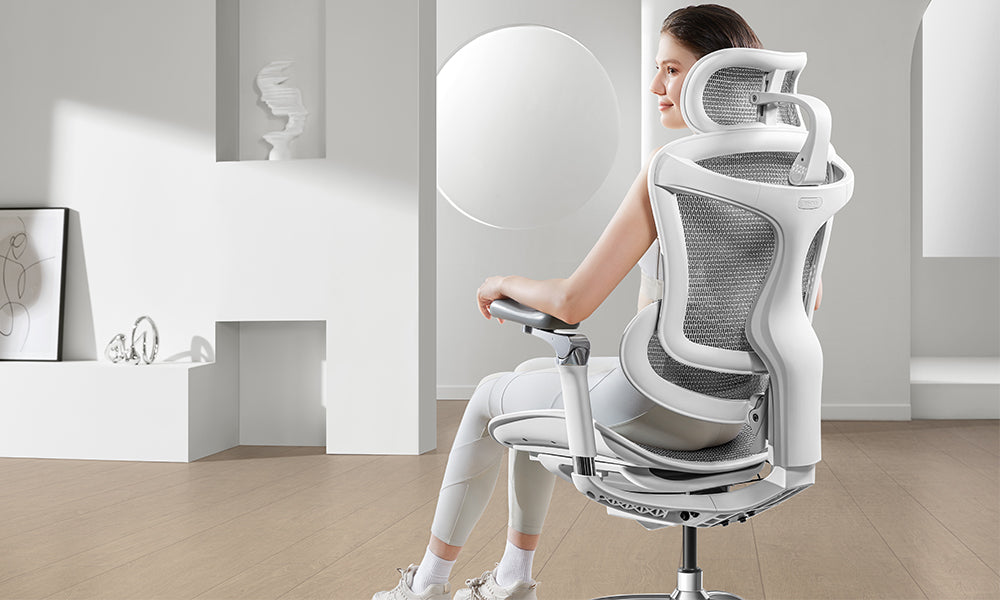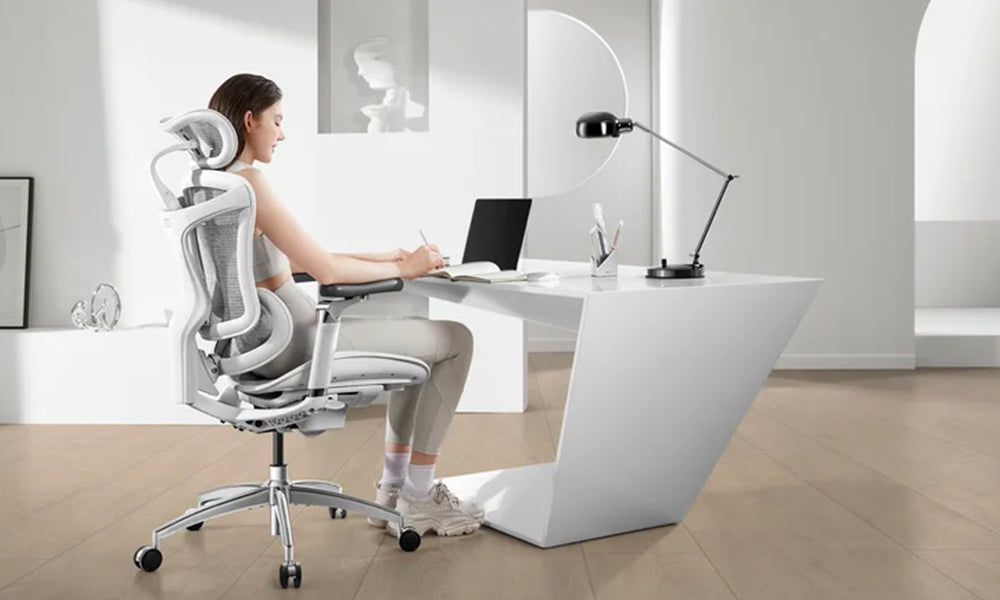Purchasing an office chair is an important investment for your comfort and well-being. Whether you spend long hours working from home or in a corporate office, the right chair can significantly impact your posture, productivity, and overall comfort. However, choosing the perfect office chair isn’t as simple as picking the most stylish one or the cheapest option. You need to test it to ensure it suits your body and work style.
In this guide, we’ll walk you through the key factors to test when shopping for an office chair to make sure you make an informed decision.
Check the Seat Height
The seat height of an office chair is one of the most important factors in determining how comfortable it will be for you. The ideal height allows your feet to rest flat on the floor, with your knees at a 90-degree angle.
How to test:
- Sit in the chair and adjust the height so that your feet are flat on the ground.
- Your thighs should be parallel to the floor, and the edge of the seat should not press into the backs of your knees.
- If the chair does not have height adjustment options, it may not be the best fit for you.
Test the Seat Depth
Seat depth refers to the distance from the back of the seat to the front edge. This is critical for lumbar support and overall comfort, especially during long periods of sitting. A chair that’s too deep may leave you feeling cramped, while one that’s too shallow can result in improper posture.
How to test:
- Sit back in the chair with your back touching the backrest.
- You should have about 2-3 inches of space between the edge of the seat and the back of your knees.
- If the seat is too deep or shallow, the chair may not provide the necessary comfort and support, particularly for long-term use.
Test the Lumbar Support
Lumbar support is crucial for maintaining the natural curve of your spine and preventing back pain. A good office chair should support the lower back and encourage an upright posture.
How to test:
- Sit all the way back in the chair and notice whether the lumbar support aligns with the natural curve of your lower back.
- Adjust the lumbar support if possible to see how it feels when it’s positioned higher or lower.
- The support should feel firm but not intrusive. If you feel like you're constantly leaning forward or hunching to avoid discomfort, the chair’s lumbar support may not be right for you.
Check the Armrests
Armrests are another essential feature to test. They provide support for your arms and help reduce strain on your shoulders and neck. If armrests are too high, low, or non-adjustable, they can contribute to discomfort during prolonged sitting.
How to test:
- Sit comfortably in the chair and check whether the armrests are at a height that allows your arms to rest comfortably, with your elbows at a 90-degree angle.
- The armrests should allow your shoulders to relax, not force them up or down.
- If the armrests are adjustable, experiment with different heights and positions to find the most comfortable setting for your body.
Test the Backrest Recline Function
Being able to recline in your office chair is important for relieving pressure on your spine and improving circulation. Many chairs offer adjustable recline features, so you can find the angle that suits you best for both working and relaxing.
How to test:
- Sit in the chair and lean back slowly to test the backrest’s recline feature.
- Ensure that the chair provides support when you lean back, and that you can lock the position in place or adjust it smoothly.
- The backrest should not be too loose or too stiff—it should feel stable yet flexible enough to allow for slight adjustments.
Seat Material and Cushioning
The material and cushioning of an office chair play a major role in how comfortable it feels over time. Look for high-quality materials that promote airflow and comfort. Breathable fabrics, such as mesh, can help with air circulation, while padded seats provide comfort during long sitting sessions.
How to test:
- Sit in the chair for a few minutes to assess the feel of the seat cushion and backrest. Does it feel firm, soft, or too hard?
- Check if the seat’s material breathes well and does not cause sweating after prolonged sitting.
- If the chair has a memory foam or similar cushioning, test how it responds to your weight and whether it returns to its original shape after you get up.
Stability and Mobility
A good office chair should be stable and allow you to move around easily. Stability ensures that you remain upright and secure in the chair, while mobility helps you reach different areas of your workspace without straining.
How to test:
- Roll the chair around to ensure that the wheels glide smoothly across different floor types (carpet, tile, hardwood).
- Check that the base of the chair is sturdy and does not wobble when you shift your weight.
- Ensure the chair has a strong, reliable base with a minimum of five points of contact to prevent tipping.
Overall Build Quality and Durability
The build quality of an office chair will affect its long-term comfort and longevity. Make sure the chair feels durable and well-constructed, with strong materials that can withstand frequent use.
How to test:
- Pay attention to the materials used in the frame, base, armrests, and seat cushion. High-quality plastic, metal, or wood construction will provide durability and stability.
- Check for any squeaks, creaks, or loose parts that might indicate poor construction.
- Ensure that the chair feels solid and well-assembled.
Test the Warranty and Return Policy
Before purchasing an office chair, make sure to check the warranty and return policy. A chair may feel great during a short test but become uncomfortable after hours of use. Having the option to return or exchange the chair can provide peace of mind.
How to test:
- Ask the retailer about the chair’s warranty, what it covers, and how long it lasts.
- Check the return policy in case you find that the chair doesn’t meet your expectations after using it for a while.
Consider Your Specific Needs
Everyone’s body is different, so it’s important to select a chair that fits your unique requirements. If you have any specific health concerns or physical conditions, such as back pain, sciatica, or joint issues, make sure to test a chair that addresses those needs.
How to test:
- If you have specific needs, such as extra lumbar support or a chair with a high weight capacity, look for ergonomic chairs that provide these features.
- Sit in the chair for an extended period to check whether it helps alleviate any discomfort or strain related to your condition.
Conclusion
Testing an office chair before purchasing it is essential to ensuring that you choose one that suits your body and enhances your comfort and productivity. By considering factors like seat height, lumbar support, armrests, recline function, and build quality, you can make an informed decision and invest in a chair that will support you for years to come. Don’t rush the process—take the time to find a chair that truly works for you.



